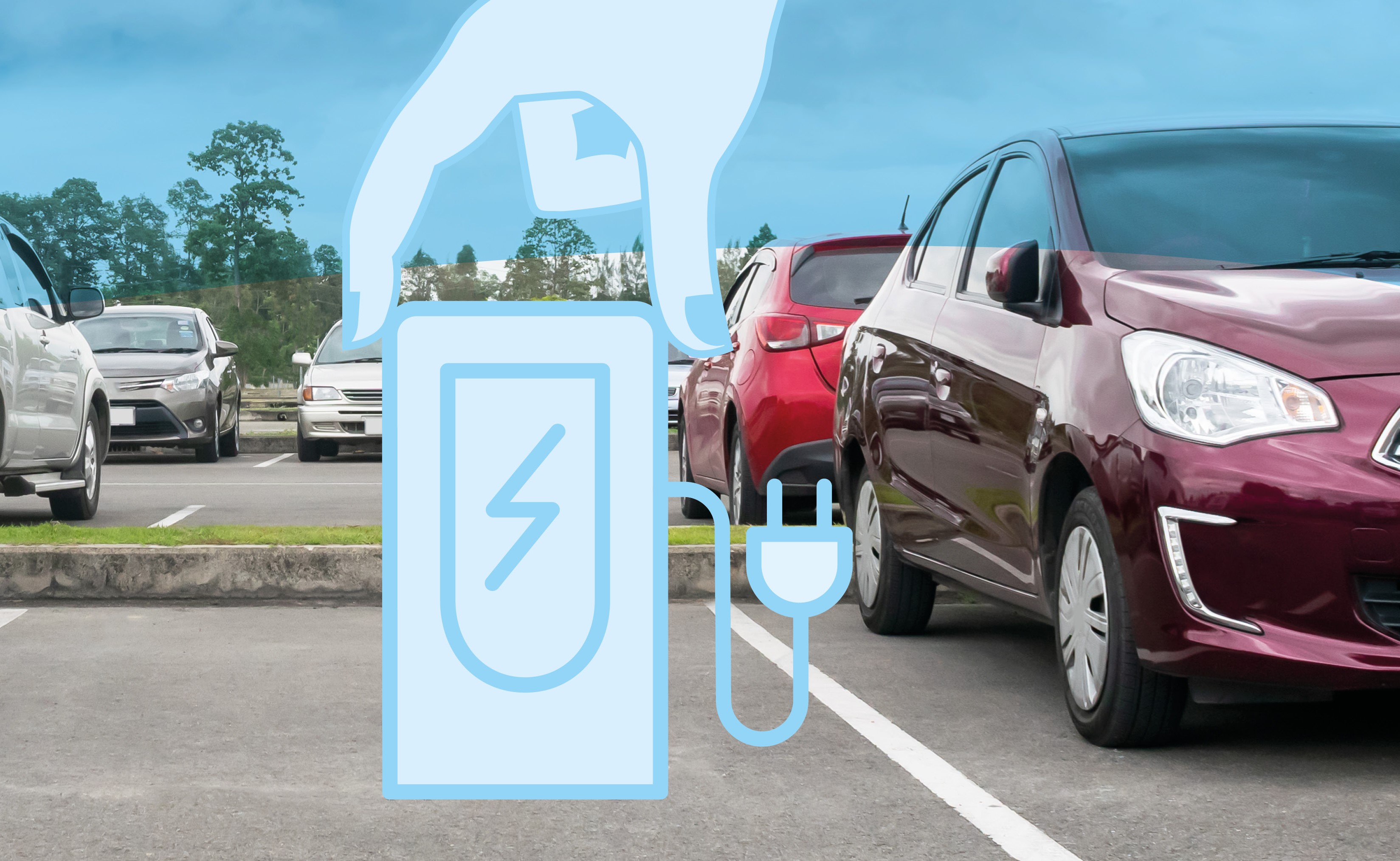The electrification of the nation’s vehicles plays an important role in decarbonisation of the transport sector in Luxembourg. The government has set a target in the Integrated National Energy and Climate Plan to electrify 49% of the nation’s vehicles (i.e. with plug-in hybrids and electric vehicles) by 2030. This requires the development of an adequate charging infrastructure in parallel to the ramp-up of electric vehicles. This applies to both private and publicly-accessible areas.
Municipalities play an important role in this development. On one hand, the Grand-Ducal Regulation of 2 November 2021 specifies requirements for vehicles procured by municipalities and other public players. On the other hand, municipalities will have to develop their own charging infrastructure in parallel with the decarbonisation of their vehicle fleets.
An analysis of the requirements for the charging infrastructure in the municipality
Before making any decision on the deployment and operation of a local charging infrastructure, those responsible within the municipality should examine the exact needs for the charging infrastructure.

Charging stations for the municipality's own use
Infrastructure that is used exclusively for the municipal vehicle fleet can be implemented by the municipality itself or in cooperation with an external project developer, as with any other operational infrastructure.

Offer of local public land and engagement of a private sector player as project developer
For the establishment and operation of publicly accessible charging stations, the municipality can make suitable surfaces available to private-sector project developers in an open, transparent and non-discriminatory process. The municipality can act as a contractor, partner in a company or project developer (if there is no private sector interest).

Integration of charging stations into the ChargyOK system
Even today, it is possible to integrate publicly accessible charging stations into the ChargyOK network so that the charging stations can access the central backend and thus the Chargy system's range of functionalities. However, a number of criteria must be met to allow integration into the ChargyOK.

Climate pact
Within the framework of Climate Pact 2.0, municipalities can have their efforts in the area of sustainable mobility recognised.

